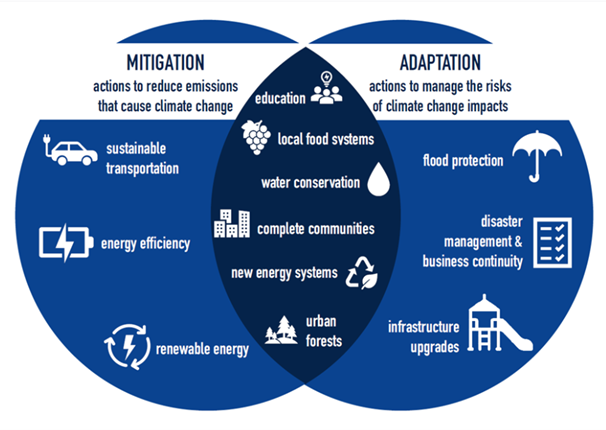INNOVATIVE SOLUTIONS SHAPING AFRICA’S CLIMATE ADAPTATION AND MITIGATION
Keywords:
Climate vulnerability, Adaptation and mitigation, Climate-smart technologies, Regional collaboration, Inclusive developmentAbstract
Africa faces disproportionate vulnerability to climate change, marked by increasing frequency and severity of droughts, floods, desertification, and coastal erosion. Despite being a negligible contributor to global greenhouse gas emissions, Africa’s socio-economic vulnerability and climate-relevant economic sectors call for unique and urgent responses. This review synthesizes Africa-specific innovations in renewable energy, agriculture, and green infrastructure that support climate adaptation and mitigation. It explores a framework for categorizing innovations, including technological and financial innovations as well as institutional and policy innovations, that reflect significant shifts in the ways Africa can respond to the pressing challenge of climate change. Evidence shows decentralized solar systems and climate-smart agriculture improves resilience, while policy gaps and financing limitations hinder scale-up. Based on case studies from Kenya, Rwanda, South Africa, Ghana, and Nigeria, the paper identifies pathways for integrating technology, policy, and community practices to strengthen Africa’s climate response. The findings highlight the importance of innovation ecosystems, indigenous knowledge, and regional collaboration in driving sustainable and inclusive climate action. Policymakers, development partners, and local institutions are encouraged to prioritize the alignment of climate innovation with inclusive development goals. Greater investment in capacity building, cross-sectoral partnerships, and adaptive governance is essential to scale successful innovations. Furthermore, embedding climate innovation within national development plans, strengthening institutional coordination, and ensuring equitable access to climate technologies are critical for achieving long-term, sustainable, and socially just climate action across the continent.

Published
How to Cite
Issue
Section
Copyright (c) 2025 Solomon C. Onuchukwu, Innocent C. Nnorom, Okpechi C. Ndudim, Johnson C. Kalu

This work is licensed under a Creative Commons Attribution 4.0 International License.




